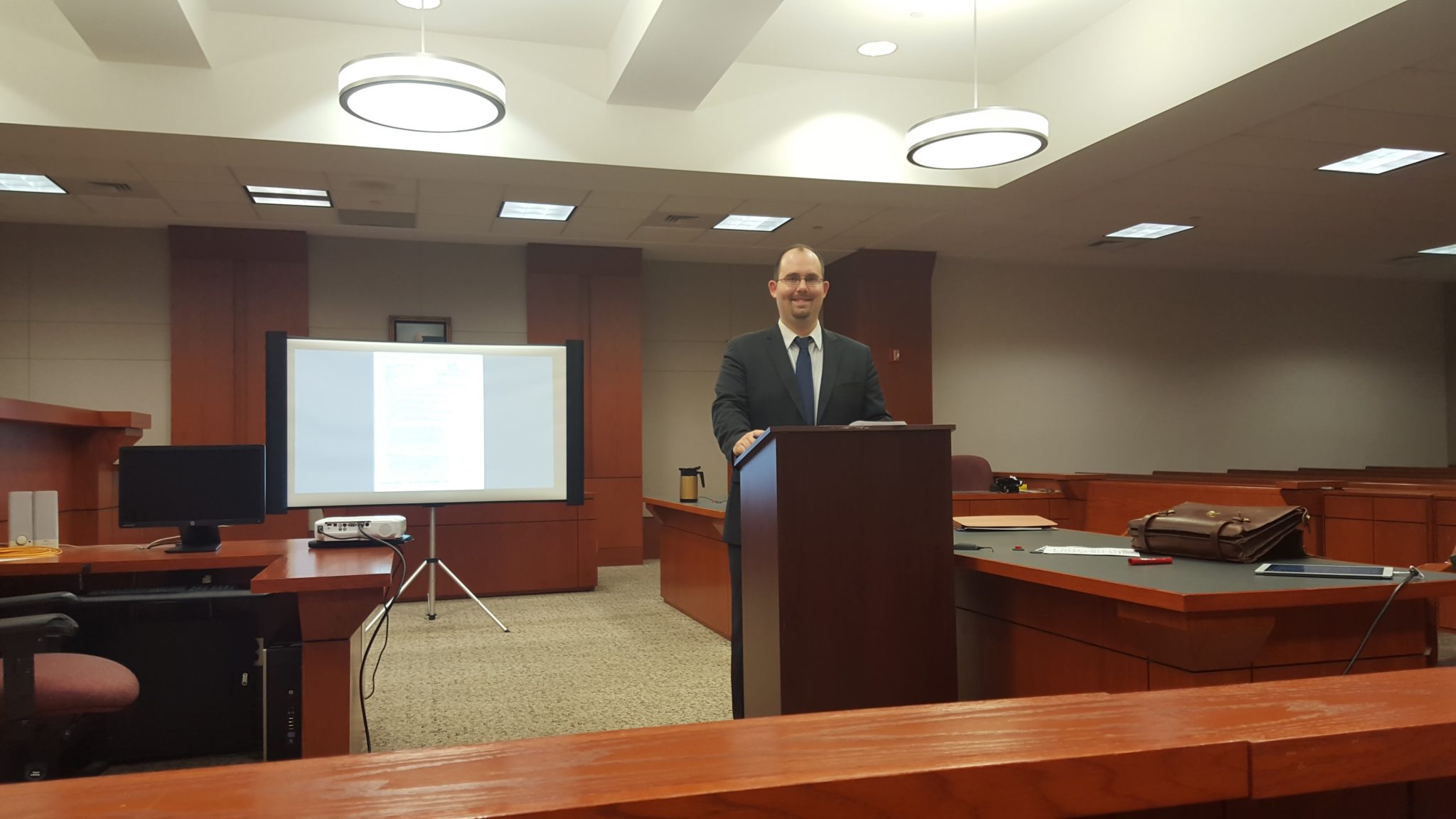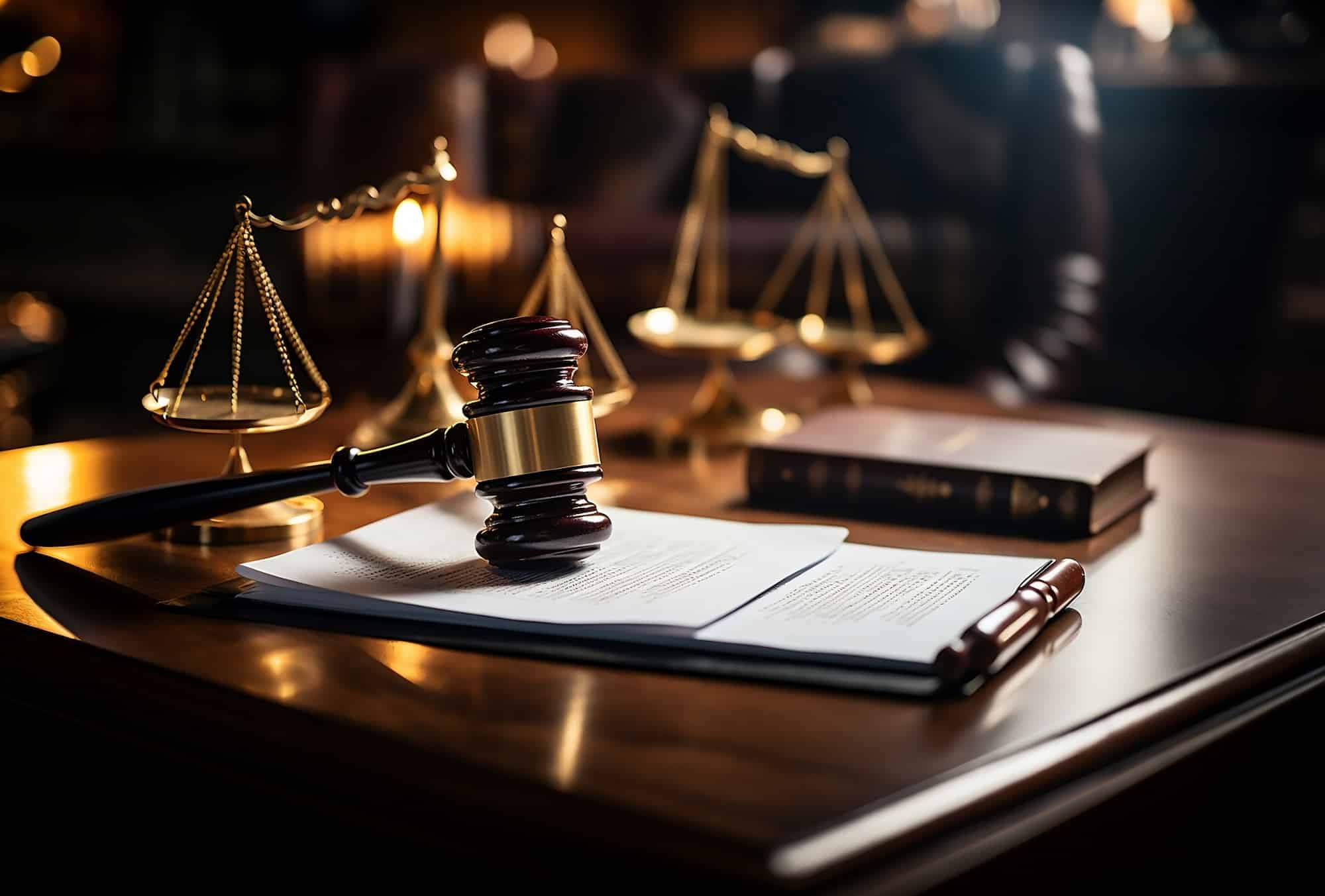Why Your Following Case Requirements a Solid Trial Presentation: Insights and Techniques for Attorneys
Why Your Following Case Requirements a Solid Trial Presentation: Insights and Techniques for Attorneys
Blog Article
Browsing the Complexities of Trial Presentations: Tips for Seamless Distribution and Engaging Disagreements
In the world of legal process, the art of test presentation stands as a vital component of success. The complexities intrinsic in test presentations need a delicate balance of skill, skill, and approach.

Recognizing Test Purposes
To properly navigate a test, it is essential to have a clear understanding of the objectives that require to be achieved. Prior to stepping right into the court, legal groups need to specify their objectives and preferred end results. These goals function as directing principles throughout the trial, forming techniques and influencing decision-making procedures.
Comprehending test purposes involves a thorough evaluation of the case, legal criteria, and the customer's ideal interests. Trial Presentations. It calls for a thorough exam of the truths, determining essential issues, and anticipating potential difficulties. By establishing certain and measurable objectives, lawyers can tailor their discussions and arguments to align with the preferred outcomes
In addition, a clear grasp of trial goals enables legal teams to focus on evidence, witnesses, and lawful arguments successfully. It enables the advancement of a meaningful narrative that reverberates with the judge and court, enhancing the total case discussion.

Organizing Proof Efficiently
Having a clear understanding of trial purposes lays the foundation for organizing proof efficiently in legal process. By straightening the discussion of proof with the desired results of the test, legal teams can strengthen their disagreements and improve their persuasiveness.
One more trick aspect in arranging proof properly is establishing a logical flow. Presenting evidence in a systematic and sequential fashion can aid build an engaging narrative that supports the lawful arguments being made. In addition, using visual help such as charts, timelines, or graphs can further enhance the organization of evidence and help in clarifying complex connections or series of events.
Moreover, guaranteeing that all proof provided is permissible and relevant to the instance is vital. Inadmissible or unimportant proof can interfere with the toughness of the disagreement and possibly hurt the trustworthiness of the here and now event. Therefore, a thorough evaluation and choice procedure ought to be embarked on to consist of only one of the most impactful and legitimately sound proof in the test presentation.
Crafting Influential Narratives
Crafting compelling stories plays a crucial function in presenting persuasive debates throughout legal proceedings. A well-crafted narrative has the power to mesmerize the target market, evoke emotions, and inevitably guide the decision in favor of the providing event. When creating a narrative for a trial discussion, it is necessary to establish a clear storyline that highlights key points and connects them in a systematic way. Begin by outlining the realities of the case in a compelling fashion, ensuring that the series of events is very easy to comply with. Present characters successfully, supplying history information that aids the target market comprehend their inspirations and actions. Additionally, incorporating vivid summaries and appealing language can bring the narrative to life, making it extra unforgettable for the discretionary. By weaving together evidence, testament, and lawful disagreements into a cohesive and convincing narrative, lawful experts can successfully promote for their clients and raise the chance of a positive outcome in the court room.
Grasping Aesthetic Aids
Efficient use aesthetic aids is key to improving the influence and quality of trial discussions. Visual aids, when utilized purposefully, have the power to streamline complicated details, strengthen key points, and leave a lasting impression on the discretionary. To master aesthetic aids in test discussions, it is crucial to make sure that they are clear, concise, and pertinent to the disagreements being made.
When including aesthetic aids, such as charts, timelines, charts, or photos, into a test discussion, it is necessary to keep them visually appealing yet expert. The visuals need to match the spoken debates, providing an aesthetic representation of the details being reviewed without frustrating the target market with unneeded details.
Additionally, experimenting the visual aids in advance is crucial to guarantee a seamless delivery throughout the test. Acquainting oneself read this article with the content, transitions, and timings of each aesthetic aid can help preserve the flow of the presentation and protect against technical glitches that might occur.
Providing Impactful Closing Disagreements
An engaging closing debate offers as the conclusion of a trial discussion, encapsulating the core narrative and convincing the court and jury in the direction of a desirable choice. Begin by laying out the primary disagreements that sustain your client's position, highlighting why the evidence presented throughout the trial supports your narrative.
Furthermore, incorporating psychological charm can even more enhance your closing argument. By humanizing the case and connecting on an individual degree with the decision-makers, you can stimulate compassion and understanding, affecting their understanding of the facts offered. Furthermore, reiterating the legal requirements that should be satisfied for a positive ruling can reinforce the credibility of your placement. Ultimately, a well-crafted closing debate should leave an enduring impression, compelling the see this discretionary to rule in your customer's favor.
Verdict
Finally, mastering trial discussions includes recognizing objectives, arranging evidence, crafting narratives, utilizing aesthetic help, and supplying impactful closing disagreements. By implementing these methods successfully, legal representatives can offer their case flawlessly and make compelling arguments in the court. It is vital to navigate the complexities of test presentations with precision and ability to attain success in legal procedures.
By lining up the discussion of evidence with the wanted end results of the trial, legal teams can enhance their arguments and boost their persuasiveness (Trial Presentations). To master aesthetic help in official website trial discussions, it is crucial to make certain that they are clear, succinct, and pertinent to the debates being made
An engaging closing debate offers as the conclusion of a trial discussion, encapsulating the core story and convincing the court and court in the direction of a positive decision. Begin by describing the major debates that support your customer's position, highlighting why the evidence provided throughout the test sustains your story.In verdict, mastering test presentations involves understanding goals, arranging proof, crafting narratives, using aesthetic help, and providing impactful closing arguments.
Report this page